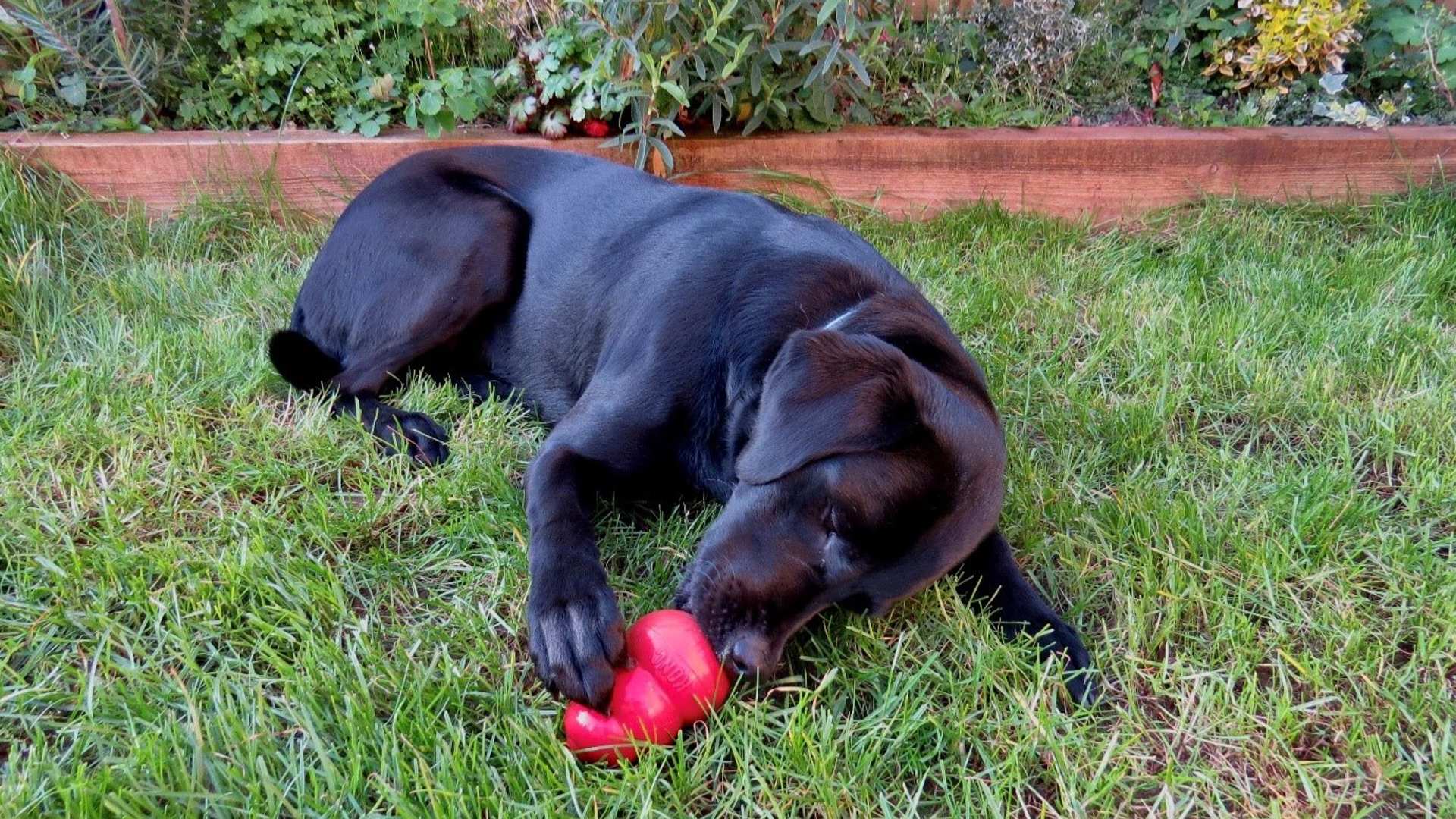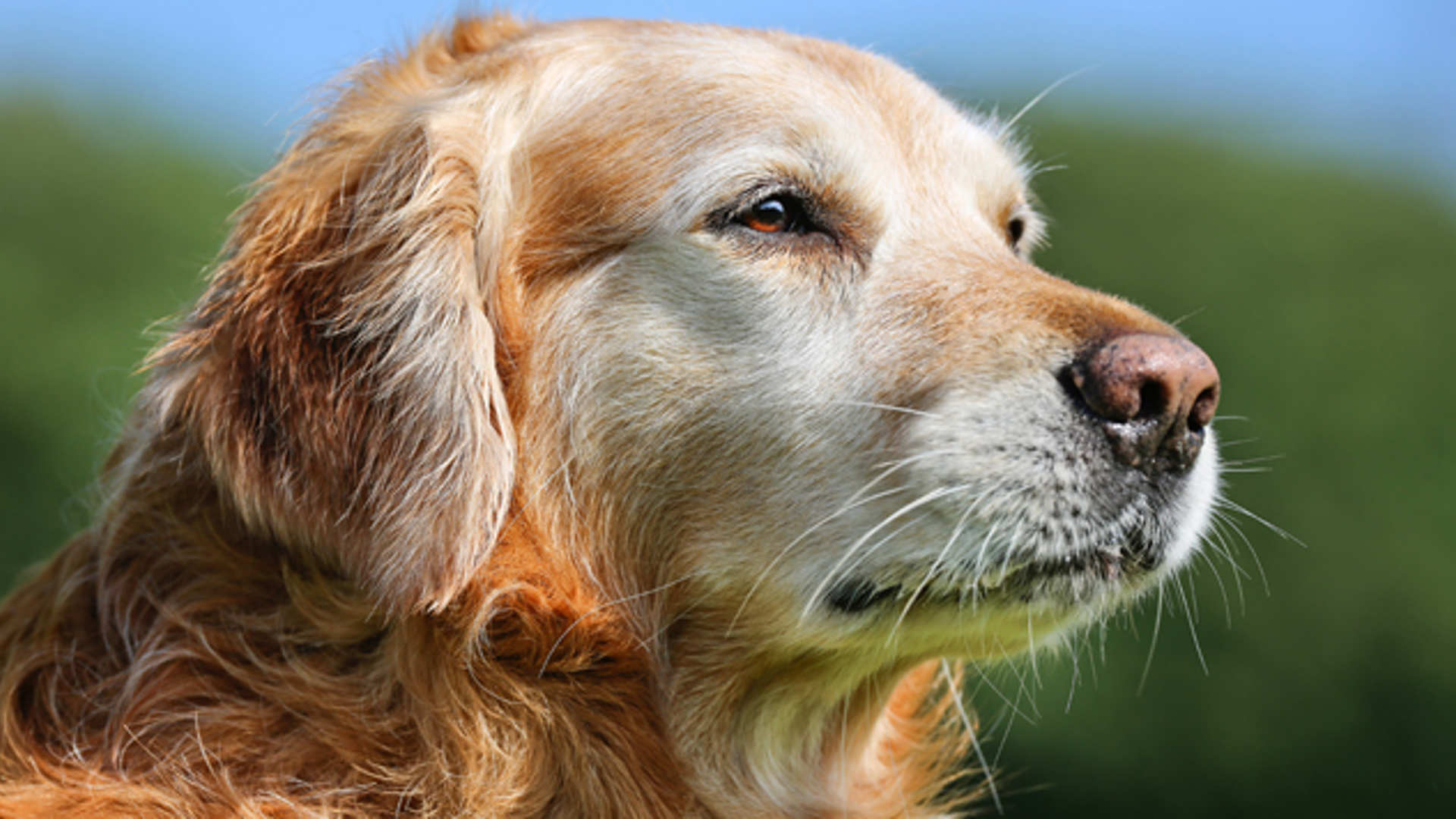Entertaining your Dog at Home
There are many changes you can make at home to keep your dog entertained with a more enriching environment. Here are a few examples to get you started:

We offer a multi-disciplinary referral service to veterinary surgeons across the UK. We accept emergency referrals 24 hours a day, 7 days a week.
In order to book an appointment with us, you need to request a referral to us from your pet’s usual veterinary practice.
Telephone: 0117 394 0513
Location: Langford House, Langford, BS40 5DUOutstanding veterinary care for horses and ponies in the heart of Somerset
Stables Equine Practice are experienced in dealing with horses and ponies involved in all competitive disciplines - from breeding, to pleasure horses and companions.
Telephone: 01749 830 666 / emergency pager 01379 673 827
Location: Conkerfield, Pennybatch Lane, Wookey, Nr. Wells, BA5 1NHYour local vets for all your pets.
We aim to provide the best possible care for your animals to ensure they are kept fit and healthy throughout their lives. Our practice offers a caring, family feel to ensure that you and your pet receive a personal and friendly service.
Telephone: 01934 852 422
Location: Langford House, Langford, BS40 5DULangford Vets Farm Animal Practice have extensive experience in all aspects of the farming sector and smallholder work including dairy, beef, sheep, goats, camelids, pigs and poultry.
Telephone: 01934 852 650
Location: Langford House, Langford, BS40 5DUWe are a dynamic, customer focused business providing an extensive, high-quality range of laboratory tests across many species.
We also offer an internationally recognised cat genetic testing service to owners and breeders.
Telephone: 0117 394 0510
Location: Langford House, Langford, BS40 5DUAdvancing veterinary education and career excellence
Langford Vets are passionate about promoting career-long learning for veterinary professionals with advanced training and career development opportunities provided through our Langford Academy.
Telephone: Email: brm@langfordvets.co.uk
Location: Langford House, Langford, BS40 5DUThere are several steps which need to be completed before starting a desensitisation and counter-conditioning programme;
Handling involves any interaction with your pet where you have to move or touch a part of their body, i.e. brushing, putting on a harness, attaching a leash to a collar or harness, wiping their feet, cleaning ears.
For this Handout we will address brushing, however, the same steps will be followed for any other form of handling.
Components of this trigger, handling - brushing, would include;
Once the steps have been completed, you can start the programme. When preparing there are a few elements which need to be done to set the session up.
If you are working with a dog, they should be wearing a muzzle for this stage.
There are many changes you can make at home to keep your dog entertained with a more enriching environment. Here are a few examples to get you started:

Find out how to support your cat dog or rabbit especially as they move into their senior years.

